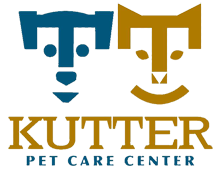
Dental Care
Pet Dental Care = Whole Pet Health
Does Your Dog Have Bad Breath?
Despite what many pet owners may believe, dog breath is not just a nuisance, it’s a sign of an unhealthy mouth. Bad breath is caused by bacteria. Over time, bacteria leads to plaque and tartar buildup on your pet’s teeth. The result is bad breath, reddened gums, and other common signs of dental disease. As dental disease progresses, other signs can include drooling, discomfort while chewing, and loose or missing teeth. Pet dental exams are an important way to maintain your pet’s long-term health.
Even if you’re using treats and chews to help control tartar, these are usually not enough to keep dental disease in check.
Importance of Pet Dental Care & Exams
It is not uncommon for a pet parent to not realize their pets have dental disease. In fact, it is one of the most overlooked medical problems affecting dogs and cats. Dental disease is an infection resulting from the build-up of soft dental plaque, tartar, and calculus on the surfaces of the teeth around the gums which can cause bacteria to accumulate, leading to infection. A dental infection leads to significant oral pain, jawbone destruction, and tooth loss. Bacteria may spread through the blood stream, causing damage to the kidneys, heart and liver.
We want your pet to live a long, healthy life, and we understand that maintaining a healthy mouth is part of that. Your pet’s health is important to us, so let us help you with this commitment. Call today or book an appointment online to discuss your pet’s dental care needs and how we can help!
Understanding What Goes into The Cost of Dental Procedures
At Kutter Pet Care, we take dental care very seriously because it has a significant influence on your pet’s health and comfort. We have a state-of-the-art dental suite with digital dental x-rays. Below is a list of services that are included with the dental estimate.
| Pre-Anesthetic Physical Exam | On the day of the procedure, the patient will have a complete physical exam. This exam will assess critical body systems, such as the heart and lungs, to help ensure that your pet will be safe under anesthesia on the day of the procedure. |
| IV Catheter & Fluids | An IV catheter and fluids are used to keep the patient hydrated and to maintain optimal blood pressure while under anesthesia which decreases the risk of organ damage from low blood pressure. An IV catheter is a mandatory protocol for anesthesia safety because it allows for instant veinous access with lifesaving medications in the event of an anesthetic emergency. |
| Full Mouth Digital Dental X-rays | Full Mouth Dental X-Rays & X-Rays After Tooth Extraction. Dental X-Rays are an essential tool in diagnosing and treating dental disease because most dental disease is hiding below the the gum line out of sight. Additionally, taking repeat x-Rays after a tooth extraction ensures all of the disease tooth was effectively removed. Unfortunately, not all veterinary hospitals take dental X-Rays which means they are missing disease and the opportunity to cure it. |
| Ultrasonic Teeth Cleaning and Polishing | Ultrasonic scaling allows us to clean both above and below the gum line. Polishing takes any grooves out of the enamel and leaves the tooth smooth and less likely to accumulate plaque and tartar. |
| Complete Oral Exam and Dental Charting | Each of the patient’s teeth will be probed and inspected for defects and all this information will be charted in the electronic medical record. |
| Lidocaine/Bupivacaine Nerve Blocks (if needed) | In certain situations, we will block nerves in the mouth to alleviate pain associated with certain types of tooth extractions. |
| Simple Tooth Extraction | Single or double root teeth that do not require gum incisions to extract or sutures. |
| Oravet Barrier Sealant Treatment | Oravet Barrier Sealant significantly reduces plaque and tartar formation by creating an invisible barrier that helps prevent bacteria from attaching to your pet’s teeth. |
| Dedicated Anesthesia Technician | A veterinary technician, who is dedicated to your pet’s care, will be monitoring anesthetic vital signs (listed below) throughout the entire procedure and will not leave their side until your pet has completely recovered from anesthesia. |
| Blood Pressure | Blood Pressure measurement during anesthesia is arguably the most important anesthetic monitoring parameter. Low blood pressure causes decreased blood flow to vital organs. Recognizing and reacting quickly to low blood pressure can save a patient’s life and help avoid organ damage. Not every veterinary hospital mandate blood pressure monitoring in anesthetized patients. It’s one of several anesthetic safety protocols we follow that differentiates us from other veterinary hospitals. |
| ECG – Electrocardiogram | An ECG is used during anesthesia to detect heart rate and monitor the electrical pattern/rhythm of each heartbeat. The ECG probes detects electrical currents flowing through the body generated by the electrical activity of the heart. |
| Pulse Oximetry | A Pulse Oximeter is a device which measures the oxygen level (oxygen saturation) of the blood. It tells us how well oxygen is being carried on the red blood cels to parts of the patient’s body. We provide 100% oxygen during anesthesia, but Pulse Oximetry ensures that oxygen is properly being absorbed by the blood stream in the lungs. |
| Temperature Monitoring and Thermal Support | When a patient is under anesthesia, metabolism slows, and less body heat is created. This predisposes the patient to hypothermia (low body temperature). We constantly monitor body temperature and use hot water circulating blankets to keep the patient warm during the procedure. |
| Medications | Antibiotics may be dispensed depending on the case. Pain medications help to control post-operative discomfort. These medications are included in the estimate. |
| Nail Trim | A nail trim under anesthesia will be performed at no charge. |
Dental Estimates
The estimate may increase because visual inspection during an oral exam is insufficient in fully understanding the scope of dental disease within the patient’s mouth. It is not until we probe all the teeth under anesthesia and take full mouth xrays that we fully understand the extent of treatment required.
All simple extractions are included. If extensive periodontal disease is found on dental probing and x-rays, this estimate may increase due to the need for surgical tooth extractions. Please understand that estimates are only valid for three months due to the rapid progression of dental disease in companion animals.
The 4 Stages of Periodontal Disease
Stage 1: Gingivitis
The margin of the attached gum is inflamed and swollen, and plaque begins covering the teeth. At this point, treatment can reverse the condition!
Feline
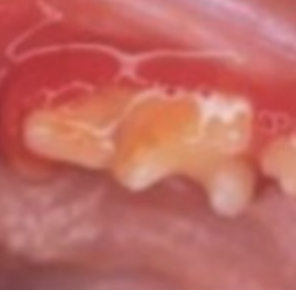
Canine
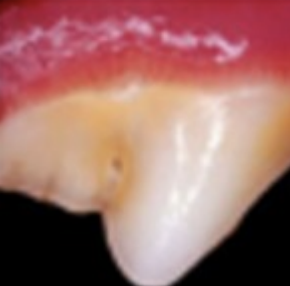
Stage 2: Early Periodontitis
The entire attached gum is inflamed and swollen. The mouth is painful, and the odor begins to become noticeable. Professional treatment and home dental care can prevent this from becoming irreversible.
Feline
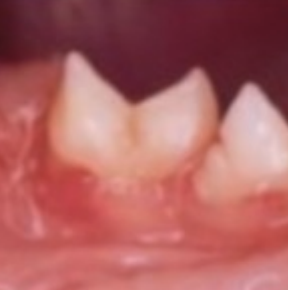
Canine
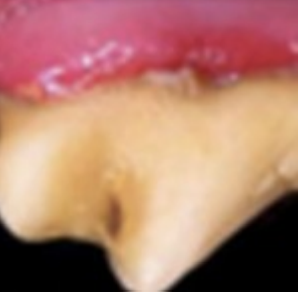
Stage 3: Moderate Periodontitis
Bright red bleeding gum is being destroyed by infection and tartar. The pain affects eating and behavior and bad breath is noticeable. At this beginning point of periodontal disease, it may be irreversible.
Feline
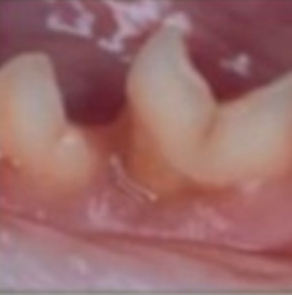
Canine
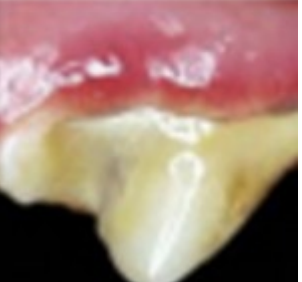
Stage 4: Advanced Periodontitis
Chronic bacterial infection is destroying the gum, tooth, and bone. Bacteria may be spreading through the entire body through the bloodstream and can damage major organs such as the kidney, liver, and heart.
Feline
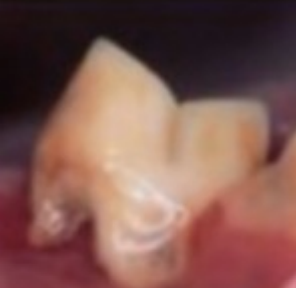
Canine
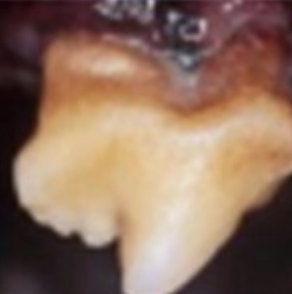
Breed Predisposed to More Severe Dental Disease
Certain breeds are predisposed to more severe dental disease requiring more extractions. Examples include Greyhounds, small breeds such as Dachshunds and Chihuahuas, and the brachycephalic breeds (Pug, Boxer, Shih Tzu, Chihuahua).
A brachycephalic dog has a shorter muzzle and smaller mouth. This cosmetic trait was created by humans through selective breeding. Unfortunately, brachycephalic breeds are predisposed to severe dental disease because all 42 of their teeth are crowded into a smaller oral cavity. Misaligned, crooked, crowded teeth lead to rapid dental disease and make the surgical extraction of teeth much more complicated. If you have a brachycephalic breed, please be aware that if probing and xrays identify worse disease that expected, the final cost may be higher than the estimate stated above.
